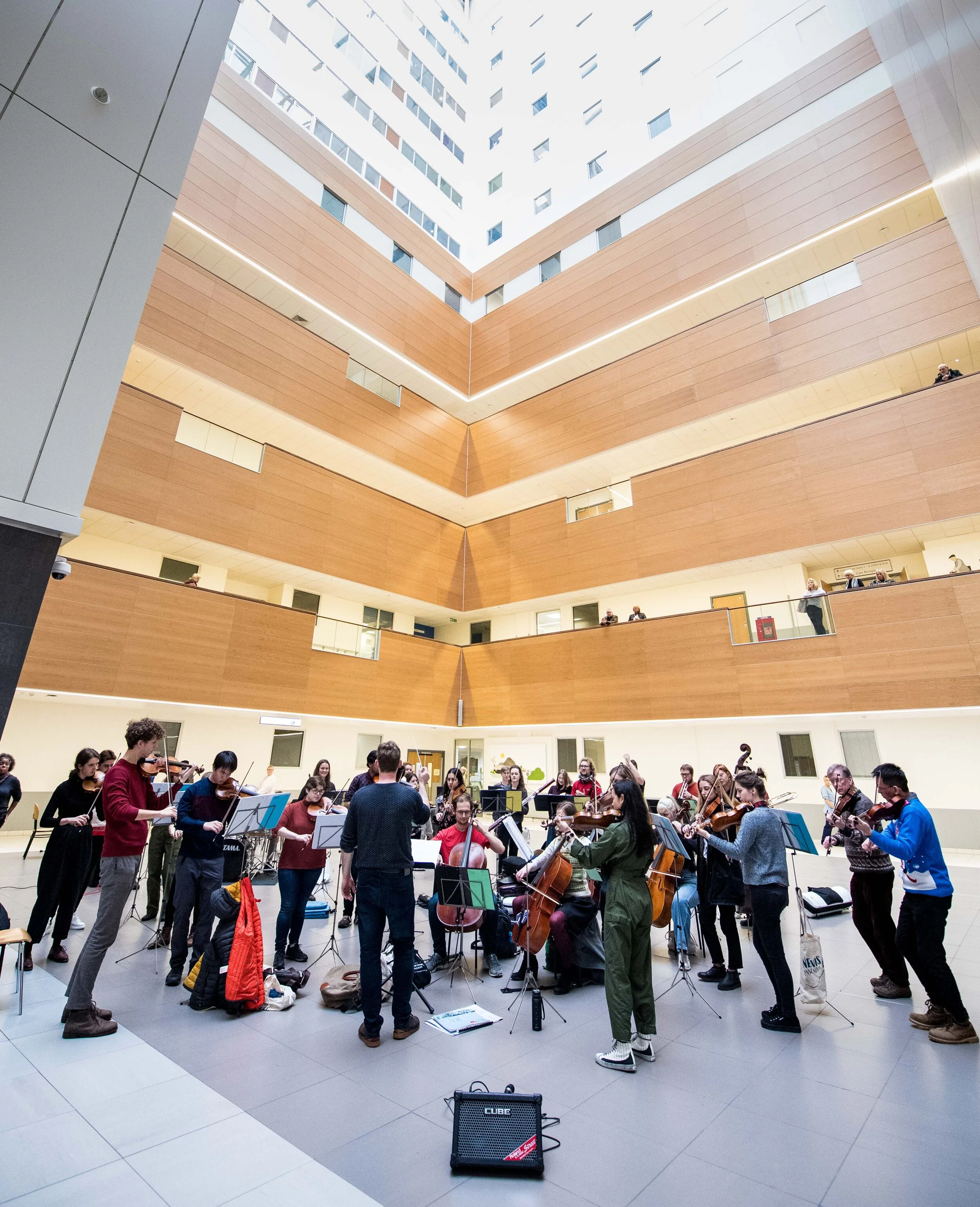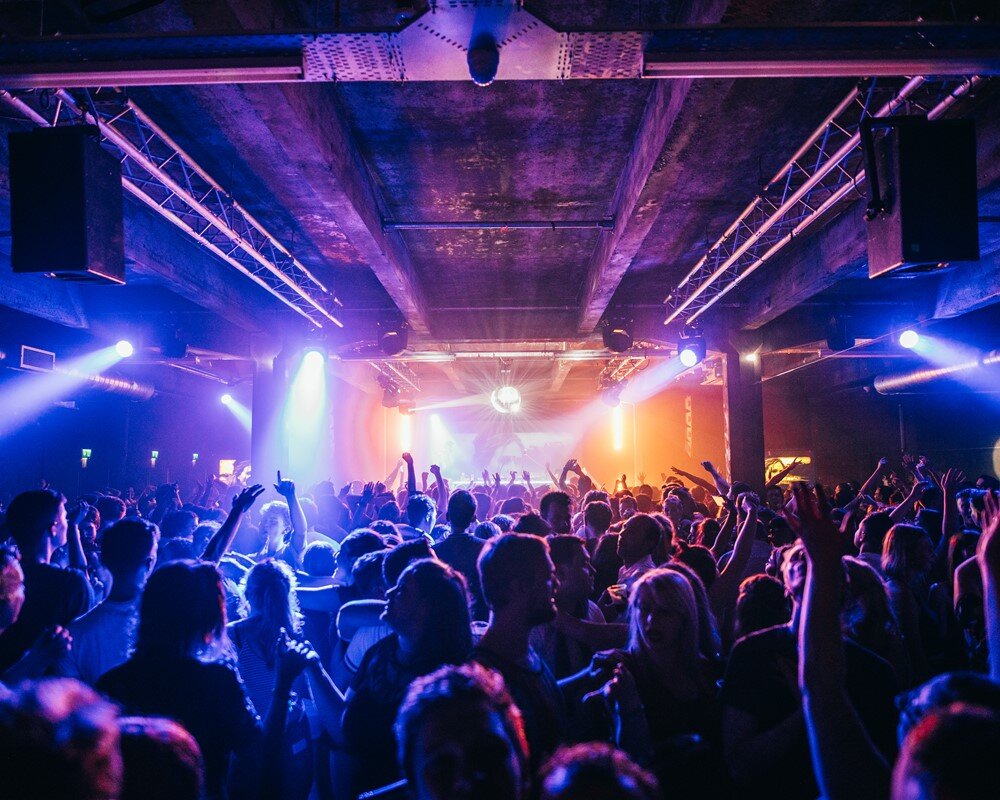Glasgow Culture Plan
City wide stakeholder engagement and creative communications to support the development of a cultural policy for Glasgow
Culture has a profound and emotional impact on people and the way they live their lives.
Many cities across the world are shifting their focus towards creating policy which integrates culture and placeshaping to build stronger connections between people and place.
Diverse cultural exchanges increase spaces of understanding and knowledge within the built environment and support social inclusiveness.
In 2019, New Practice were commissioned by Glasgow Life to deliver an innovative engagement programme to present the draft Glasgow Culture Plan document to the city and gather information, opinions and ideas in response.
Building on outputs generated by the 2017 Glasgow Culture Summit, the draft Culture Plan was developed by a select group of cultural sector stakeholders through an iterative series of workshops facilitated by Dr. Sabina Strachan and Glasgow Life.
To allow a wide ranging demographic to explore the content of the draft Culture Plan, we developed a multi-method engagement programme delivered between November 2019 and April 2020. This programme made use of digital and physical surveying methods, interviews with organisations representing the city’s diverse communities, a pop-up orchestra tour of popular city venues, and a concluding breakfast event attended by over 60 participants representing Glasgow’s cultural and wider communities.
A core element of the draft Culture Plan is that culture is not limited to those spaces and forms that we might traditionally associate the word with - galleries, concert halls, museums. Culture is something that we all take part in hugely varied ways.
It would be impossible to represent this diversity through a number of images of cultural activity, and instead the audience and the emotional resonance that culture can have formed the basis for our approach to visual identity and strategic communications for the programme.
We represented the varied reactions that we all have to culture, illustrated with a range of simple faces - laughing, crying, expressing confusion and surprise. This visual identity also touches upon a reference from Glasgow’s recent history - the Glasgow’s Miles Better campaign of the 1980s - a childlike illustration designed to reinvent the image of the city.
The Glasgow Culture Plan engagement process was launched with a day of pop-up orchestra events across Glasgow. Supported by Nevis Ensemble, Scotland’s street orchestra, together we visited four diverse spaces across the city, selected to maximize engagement and meet people in their everyday environments.
The spaces included on the tour were Glasgow Central Station, Kelvingrove Art Gallery and Museum, Queen Elizabeth University Hospital, and Silverburn Shopping Centre. This represented both a wide geographical spread of the city as well as a variety of environments that attract people of different interests and communities - from spaces traditionally associated with the term ‘culture’, to leisure and retail spaces, and the busiest transport hub in the city.
The day saw four performances in each of the selected venues, reaching out to runners dressed as Santa, those having a quick coffee between shopping, and patients and staff at one of Europe’s largest medical facilities.
Across each of the stages of the engagement programme, there was a broad level of enthusiasm and support for the development of the Glasgow Culture Plan, participants told us about the breadth and diversity of their cultural experiences across the city. This included activities that sit within traditional hallmarks of culture - museums, art galleries and concert halls. However, it also included insight into a huge variety of other experiences that shape the cultural environment of the city.
A concluding breakfast event was held at St. Mungo Museum Of Religious Life & Art and was open to all interested members of the public.
This was an opportunity to learn more about the development of the Culture Plan, and to work collaboratively to shape a final version whilst exploring ideas for future activity across the city. Glasgow Life will publish the Culture Plan in 2021.
Client: Glasgow Life
Location: Glasgow, UK
Completion: 2020
Collaborators: Dr Sabina Strachan, Nevis Ensemble












